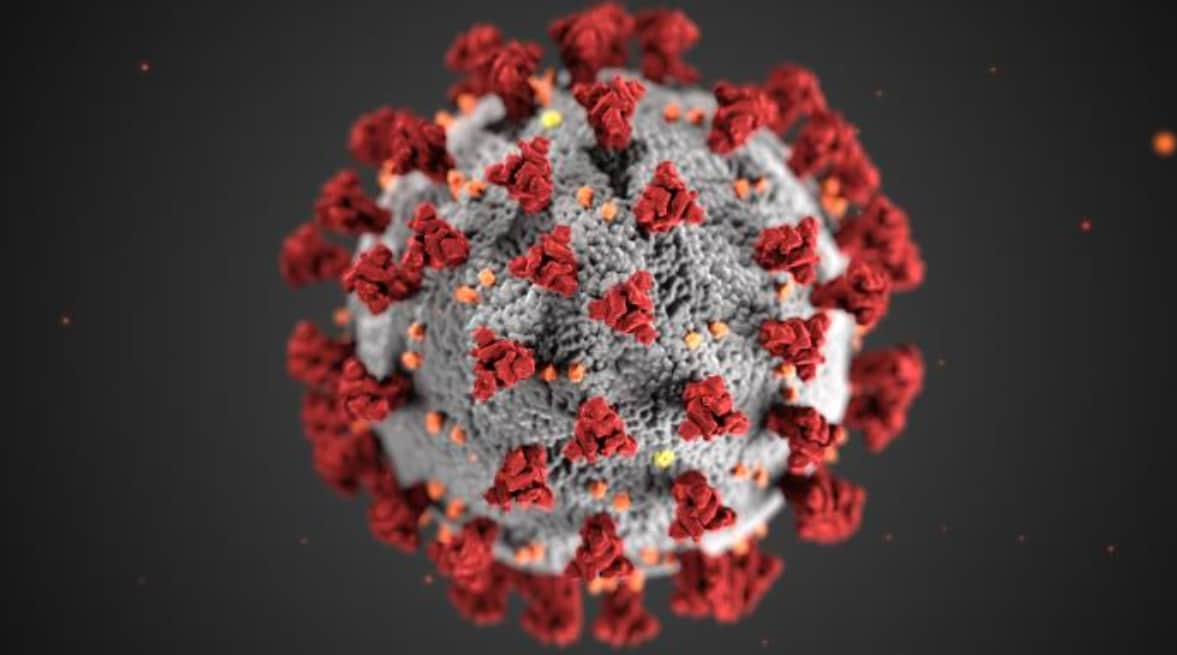What to know
- SARS-CoV-2 viruses, which cause COVID-19, are constantly changing.
- New variants continually displace previous variants to which we've built up immunity through prior infection or vaccination.
- The COVID-19 vaccine was updated for 2024–2025 to help protect us from these new variants.
- CDC anticipates that the 2024–2025 COVID-19 vaccines will work well against the variants circulating now.

Summary
What CDC knows
Many minor variants of SARS-CoV-2, the virus that causes COVID-19, that are descended from the JN.1 variant are co-circulating heading into winter of 2024–2025. The 2024–2025 COVID-19 vaccine will reduce your risk of severe illness and protect against the variants most common now and those likely to be common in the future.
What CDC is doing
CDC is constantly conducting genomic surveillance to identify new variants. CDC and state public health departments collaborate on the National SARS-CoV-2 Strain Surveillance system to characterize circulating viruses.
CDC also works with other U.S. government agencies via SARS-CoV-2 Interagency Group and the World Health Organization to assess the impact of variants on tests, treatments, and vaccines.
Tracking COVID-19 variants
CDC is continuously tracking the emergence and spread of variants of SARS-CoV-2, the virus that causes COVID-19. The COVID Data Tracker provides data on the estimated proportions of SARS-CoV-2 variants circulating nationally and regionally.
As of October 26, projected estimates show:
- KP.3.1.1, a descendant of KP.3, is the top variant in the United States, representing 54–60% of viruses nationally, and increases have slowed.
- XEC, a hybrid of two JN.1 variants, represents 14–22% of viruses and is increasing.
- MC.1, a descendant of KP.3.1.1, represents 3–7% of viruses and is increasing.
The primary way variants occur is through "antigenic drift." Antigenic drift happens over time as gradual changes to the virus, known as mutations, result in new viruses that look different to your immune system. The SARS-CoV-2 variant XEC is, in part, a result of mutation due to recombination between two variants related to JN.1. Because these viruses look new to your immune system, sometimes these SARS-CoV-2 variants might escape your immunity and make you sick.
The variants listed above and the others circulating have spike antigens that remain very similar to each other. The spike antigen allows the virus to enter our cells, so it plays a crucial role in causing infection. Vaccines work by causing your body to make antibodies that target these spike antigens to inhibit infection.
The updated COVID-19 vaccine works against current variants
The 2024–2025 COVID-19 vaccine was updated to better protect you against the COVID-19 variants circulating now. The U.S. Food and Drug Administration looked at data on which COVID-19 variants were circulating and how widespread each variant was. The FDA used this information to recommend including JN.1 antigen, and the vaccine is expected to work well against variants that are predominant now (for example, KP.3.1.1). It is also expected to work well against the variants that are increasing and likely to be predominant in the future, such as XEC or MC.1.
Vaccination remains the best protection, and is especially important for people who are at high risk for severe illness. Vaccination also reduces your chance of suffering the effects of Long COVID.
CDC will continue to monitor the emergence of variants, their impact on public health, and the effectiveness of vaccines and treatments against circulating variants.
Reduce your risk of severe illness from COVID-19 and its variants
Now is a good time to get your updated vaccine since COVID-19 historically begins to increase in late October or early November and peaks in December or January. This is especially important for people at high risk for severe illness.
The virus that causes COVID-19 continues to change to evade our immunity, so it's important to protect yourself and others by:
- Practicing good hygiene (practices that improve cleanliness, such as frequent hand washing and cleaning frequently touched surfaces)
- Taking steps for cleaner air
- Using precautions to prevent spread, including staying home and away from others (including people you live with who are not sick) if you have respiratory symptoms.
- Learn when you can go back to your normal activities.
- Seeking health care promptly for testing and/or treatment if you have risk factors for severe illness. Treatment can lower your risk of severe illness, but it needs to be started within a few days of when your symptoms begin.
